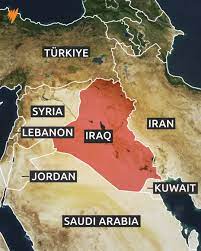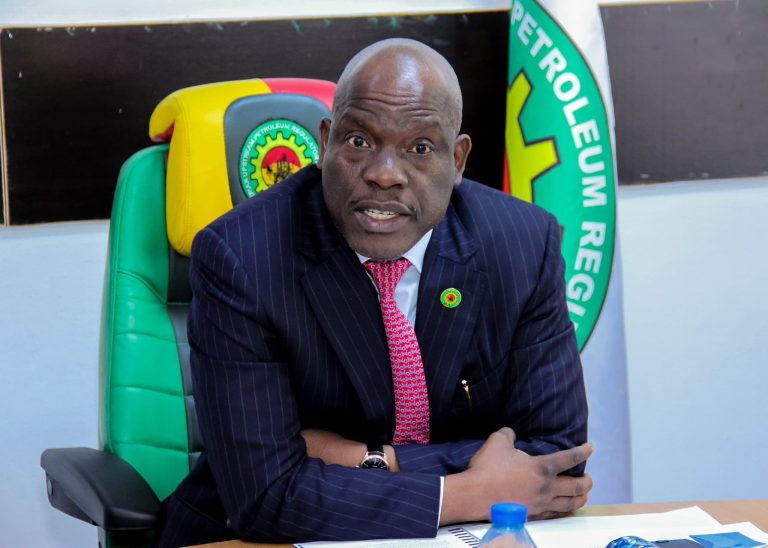The naira traded in a two-tier market on Thursday, November 27, 2025, with the official Daily Nigerian Foreign Exchange Market (NFEM) fixing hovering in the mid-₦1,400s while the parallel (black-market) dollar remained notably weaker at roughly ₦1,460–₦1,465 to the dollar.
NFEM (official, volume-weighted average): About ₦1,446 per US$1 (latest NFEM figures show the mid-₦1,400s).
Parallel / black-market: Dealers quoted around ₦1,460–₦1,465 per US$1 in major trading hubs such as Lagos.
Market moves and what drove them
Official market data and market dashboards show the NFEM fixing remained around the mid-₦1,400s on Thursday, following minor intraday fluctuations earlier in the week. Trading in the NFEM is derived as a volume-weighted average and is published by the Central Bank of Nigeria (CBN).
Meanwhile on the parallel market, retail dealers continued to quote dollars at a premium to the official fixing — a sign that demand on the street remains firmer than supplies available outside formal channels. Black-market trackers reported rates near ₦1,464–₦1,465 per US$1, meaning Nigerians buying or selling dollars on the street paid several dozen naira more per dollar than the official fixing.
Why the gap matters
The persistent gap between the NFEM fixing and the parallel market rate reflects ongoing liquidity and access issues in the formal FX market. For businesses and individuals, the spread increases the cost of imports, dollar-priced services and foreign travel, and can push up prices for imported goods when businesses source dollars on the street rather than through authorised channels.
Data aggregators and historical price feeds show that the USD/NGN official fixing has traded through the mid-to-high ₦1,400s in recent days, while the black-market rate has generally sat higher, in some places surpassing ₦1,460. The week saw modest intraday volatility but no sharp devaluation on the official fixing as of November 27.


